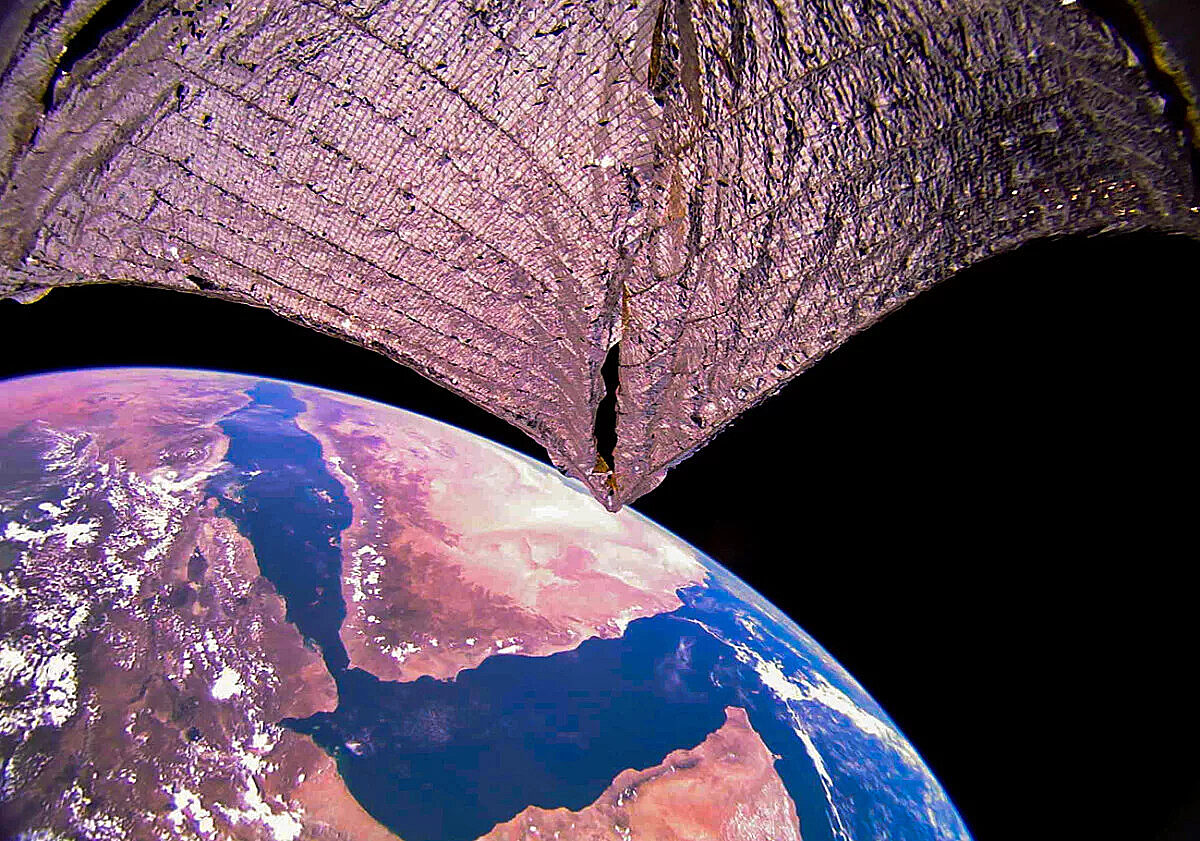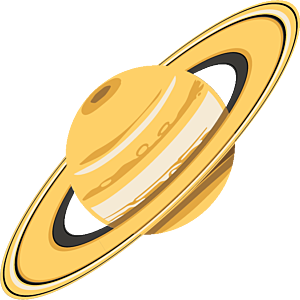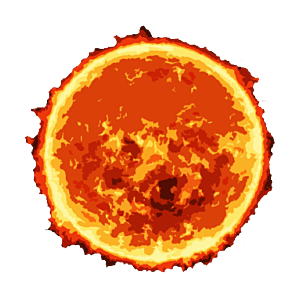The Downlink • Nov 18, 2022
Launching and descending
Space Snapshot

After 3.5 years in orbit and a successful mission to prove that solar sailing is a viable method of propulsion for CubeSats, LightSail 2 has reentered Earth’s atmosphere, burning up as expected. This groundbreaking mission was entirely funded by Planetary Society members and donors, making it all the more unique among space missions. As its journey comes to an end, join us in celebrating the impact it has made on the future of space exploration and on the thousands of people who made it possible. Pictured: A recent view from LightSail 2 of the Gulf of Aden, the Arabian peninsula, the Horn of Africa, and the Red Sea. Image credit: The Planetary Society.
You love space, now take action
This weekly newsletter is your toolkit to learn more about space, share information with your friends and family, and take direct action to support exploration. Anyone can subscribe at planetary.org/connect to receive it as a weekly email.
Mission Briefings


NASA’s Artemis I mission is on its way to the Moon. The long-awaited launch of the Space Launch System rocket finally happened early Wednesday morning local time, taking the uncrewed Orion capsule on a 42-day journey around the Moon and back. After many delays and cost overruns, NASA’s program to return humans to the Moon is finally underway. Image credit: NASA/Bill Ingalls.

Canada is sending its first rover to the Moon. This week the Government of Canada announced $43 million CAD (about $32 million USD) in funding for a lunar rover that will search for water ice in the soil of the south polar region of the Moon, launching as early as 2026. The mission, undertaken in collaboration with NASA, will help prepare for future human exploration of the region.

European Space Agency leaders are stressing the need for greater autonomy. At a space industry conference in Germany this week, ESA leaders discussed the importance of ensuring European autonomy in space, for example ensuring its own launch capability and investing in broadband internet constellations.

New research suggests planets and stars may form at the same time. A team of astronomers led by Cambridge University studied 200 white dwarfs, dead cores of former Sun-like stars that sometimes contain elements left over from asteroids or other rocky bodies that fall into them. By analyzing these elements, the researchers found evidence that the asteroids had formed during the early stages of their planetary systems. This contributes to a longstanding question about when planets form relative to the formation of their star.
From The Planetary Society


Some launches never end in a descent. Such is the case for the twin Voyager spacecraft that left Earth in the late 1970s and are still operational today, speeding away from our Solar System and sending back data from interstellar space. They’ll continue on their trajectory forever, barring the extremely unlikely possibility that they collide with (or are intercepted by) something. Linda Spilker, who recently took on the role of project scientist for the Voyager program, joins this week’s Planetary Radio to give an update on their journey. Pictured: An artist’s impression of Voyager 2 in interstellar space. Image credit: NASA / GSFC Conceptual Image Lab.

LightSail 2 took some stunning images while it was in space.Take a look at this video compilation that takes you along on the spacecraft's 3.5-year journey. Watch as LightSail 2 arrives in orbit, dramatically unfurls its sails, and gazes down at our beautiful planet as it sails the light.

There’s still time to choose this year's space highlights. The Planetary Society’s Best of 2022 campaign is on until the end of the month. Cast your vote today for your favorite space images, exploration milestones, missions, and more.
Planetary Academy is here!

We are thrilled to announce the official launch of our brand new kids membership program: Planetary Academy! Members get fun, educational activities and collectables mailed to them four times a year, and their membership helps advance space science and exploration! The first stage of this program is aimed at kids ages 5-9 and offers memberships to kids in the United States, Canada, and Mexico. Sign up the space-loving kid in your life today!
What's Up

Jupiter and Saturn both shine bright in the southern evening sky (northern sky if you are in the southern hemisphere) after sunset. Jupiter is brighter than the brightest star, and Saturn looks yellowish. Mars rises later in the evening, shining almost as bright as Jupiter with a reddish tint. Learn more about what to expect in the night skies for the rest of November.
Wow of the Week

Artwork is a wonderful tool for expressing an appreciation for something, and as the LightSail 2 mission comes to an end we want to honor it in every way possible. Longtime Planetary Society headquarters volunteer Tom Kemp made these LightSail 2 models using origami paper folding techniques. The process took time, patience, care, and effort — just like the mission itself.
We’d love to share any LightSail artwork that you make. Send photos or scans of your work to us at [email protected] and be sure to let us know if you’re a member.


 Explore Worlds
Explore Worlds Find Life
Find Life Defend Earth
Defend Earth


